How much independence for Greenland, Åland and Faroes in the future?
Will the Nordic region in the future merge into one single federal state, or will there be eight, instead of five separate nation states?
That was not quite how the question was formulated when Finland and Åland hosted a conference in Copenhagen, as Presidents for the Nordic Council of Ministers, focusing on the Nordic region and the autonomous areas. But if you invite historian and author Gunnar Wetterberg you can be sure to get a passionate argument for creating a new Kalmar Union, which 1397 to 1523 united all the five present Nordic countries.
“Historically, there have been many attempts to unite the Nordics. But there were always outside powers who were not interested in a Nordic state,” he said.
"Together, the Nordics would be the 11th largest economy in the G20, and would be able to influence the discussions and politics in a Nordic way ."
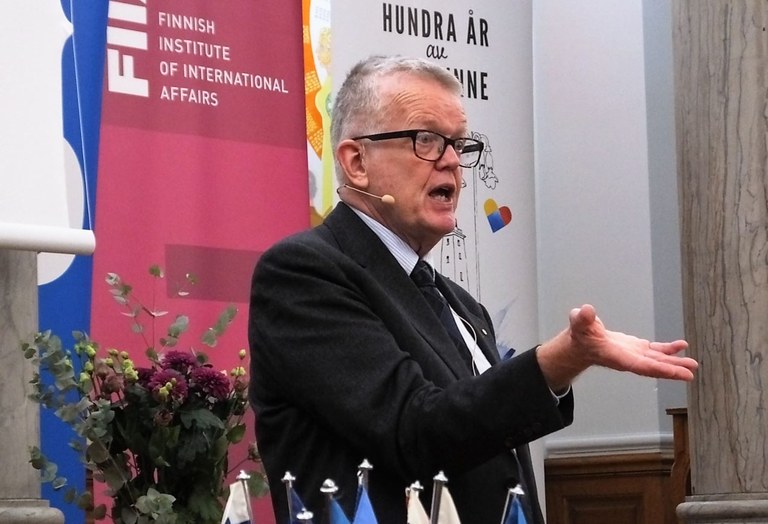
Gunnar Wetterberg has worked for the Ministry for Foreign Affairs as well as the Ministry of Finance. In 2021 he wrote a book proposing a Federate Nordic state (Förbundsstaten Norden).
He envisages a federal state like Malaysia, where the role as head of state rotates between the country’s 16 sultans.
“A federal state could be both monarchy and republic at the same time,” he said.
When he is asked how realistic the federal state he proposed in a book some ten years ago really is, his answer is more humble.
“I told the journalists back then that there was a five percent chance I would experience it in my life time, but later opinion polls showed more than 40% of people in all of the five countries were positive to the idea – so I adjusted the percentage up. Today, I think there’s an eight percent chance that this will happen."
Many, however, think things are going in the opposite direction, and that we in future will have a further three nation states: Greenland, the Faroe Islands and Åland. Out of these three, the Faroe Islands is closest to obtaining independence:
"I think it will happen in 10 to 20 years," says Petur Petersen, who is a member of the Nordic Committee for Co-operation (NSK), to the Nordic Labour Journal.
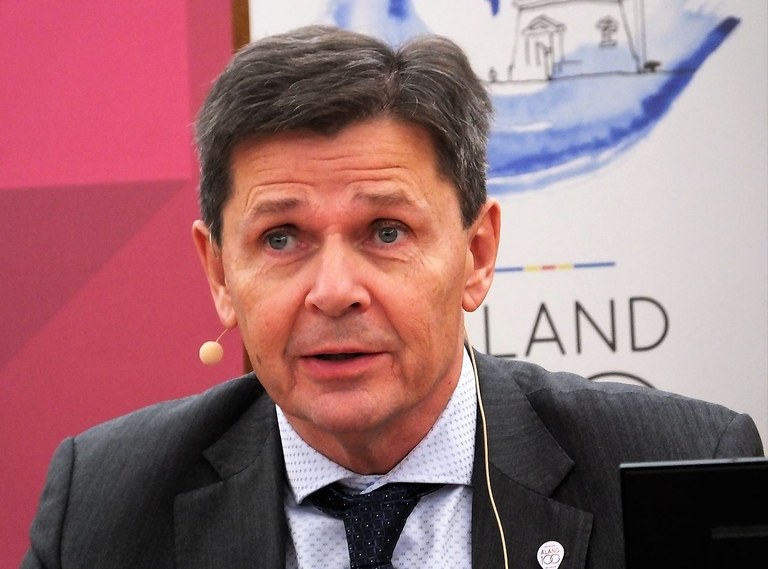
Petur Petersen has been working with the Faroese Government the past 24 years and been board member in different Nordic committees in most levels.
"There are three things that are needed for gaining independence: You need the economy to be able to do it, you need the structures and you need the will of the people. We have the two first, but not quite the third yet, " says Petur Petersen.
As part of next year’s autonomy centenary celebrations in Åland, the Finnish Institute of International Affairs FIIA and the Åland Islands Peace Institute have produced a report about how the three autonomous areas fit in with the Nordic cooperation.
The report also focuses on the less ambitious goal of the autonomous areas to be treated as full members with all voting rights in both the Nordic Council and The Council of Nordic Ministers.
"The Faroe Islands, Greenland and Åland see Nordic cooperation as a ‘springboard’ to the outside world and an international arena where they can increase understanding for and accommodation of their conditions and concerns," writes the two researchers who made the study, Katja Creutz and Sia Spiliopoulou Åkermark.
The three autonomous areas also bring important knowledge and perspectives to the Nordic cooperation:
"They bring plurality to the Nordic table by enhancing awareness of different governance arrangements, peoples and their rights. Tanks to them, the Nordic networks permeate different governance levels ranging from international organisations to entities that do not enjoy full statal competences. Through their participation, the Nordic countries have become used to experiencing sovereignty, international legal personality and governance as nuances rather than as either-or phenomena."
One key issue is how the autonomous areas should be treated in the Nordic cooperation.
- In the Nordic Council, the representatives of the Faroe Islands, Greenland and Åland are allowed to submit proposals, and they have complete voting rights. the NC makes recommendations to the Council of Ministers and Nordic governments. But the Nordic Council cannot make any binding decisions, in contrast to the Nordic Council of Ministers.
- The Faroe Islands, Greenland and Åland do not participate in the Nordic Council of Ministers on par with the five states. While formal cooperation is reserved to the five states only, the three autonomous areas can participate in the work of the Nordic Council of Ministers. Their representatives are entitled to express themselves in the Council of Ministers.
Will they eventually be full members along with the five Nordic nations, as the Faroe Islands has asked for three times? The latest request was made in 2016 has still not been fully processed.
Full membership comes with a cost.
On Åland an evaluation of the Nordic cooperation was conducted in 2016. It came to the conclusion that full membership in the Nordic Council and the Nordic Council of Ministers would require financial and human resources to such a degree that the benefts of full membership would be outweighed. The main economic burden would come from the presidency of the Nordic Council of Ministers and the organisation of the Nordic Council sessions.
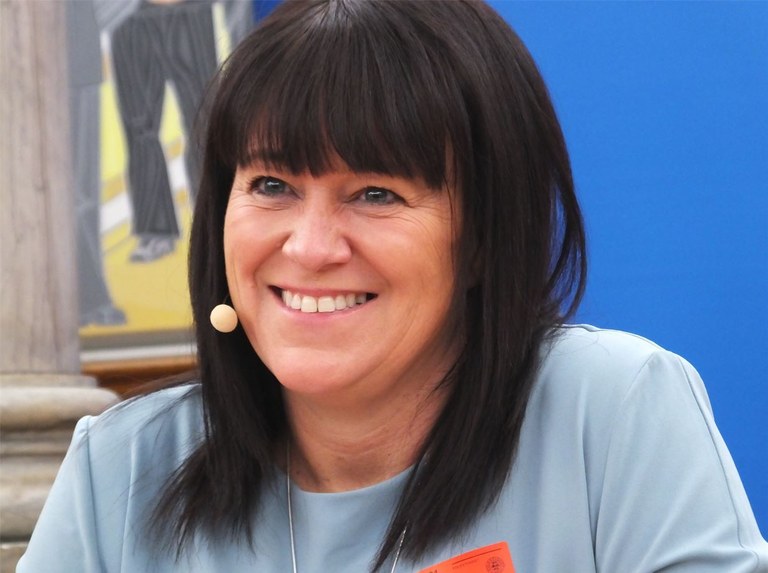
Anette Holmberg-Jansson is Minister of Social Affairs and Nordic Cooperation in the Åland Islands.
“In Åland, we support the Faroe Islands’ demand for full membership, but we have not ourselves presented similar demands,” said Åland’s Minister for Nordic Cooperation, Anette Holmberg-Jansson.
“If they succeed, we probably will follow.”
Others are more sceptical. Jørgen S. Søndergaard, who has spent four decades working with Danish-Greenlandic relations, is now retired but follows the debate closely.
“Even if they get full minister seats in the Council of Ministers, this won’t change anything since all decisions must be unanimous,” he says.He does not believe the three autonomous countries will become independent nation states.
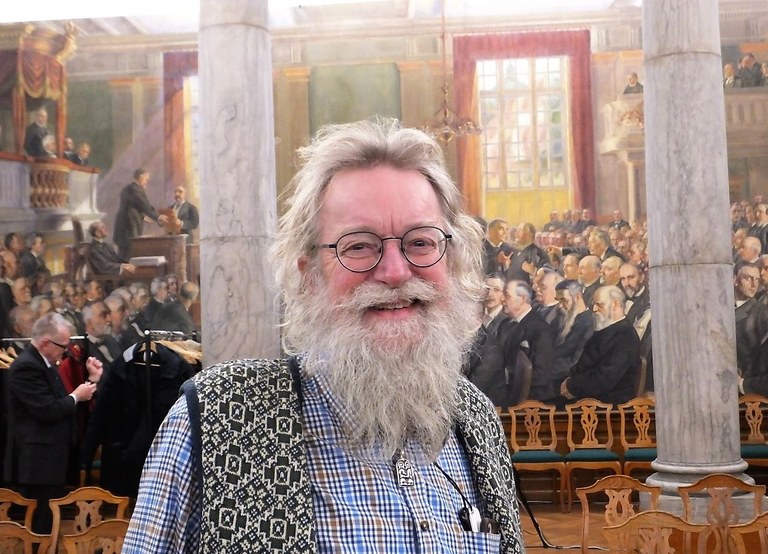
Jørgen S. Søndergaard has been senior adviser at the Greenland government but has now retired.
“That will not happen. Their populations are too small for them to become completely independent. Who would defend Greenland?”
The developments are followed closely by other regions and countries in the world. If you do a Google Scholar search for scientific studies on the Nordic autonomous areas in the past 12 months, they compare to the situation in areas like Puerto Rico, South Tirol and Okinawa.
Even though things are moving slowly, there is a steady march towards more independence. But there are big differences between what is happening in Greenland and the Faroe Islands compared to Åland.
Both Greenland and The Faroe Islands can take full charge of internal affaairs when the want to, provided they also take the costs.
In the Faroe Islands, Peter Petersen notes that out of the 32 areas that the Danish government is willing to give up control of, only 12 remain.
Greenland is allowed to pursue independence according to the self-government act of 2009, where it is noted that the entity has ‘access to independence’.
"This decision is to be taken by Greenlanders themselves, after which negotiations between the governments of Greenland and Denmark will follow. A potential agreement on independence must be approved frst by the Greenlandic Parliament and in a concomitant referendum. In addition, the Danish Parliament, Folketinget, must give the agreement its approval. This explicit option of independence separates Greenland from the Faroe Islands and Åland, writes Katja Creutz and Sia Spiliopoulou Åkermark.
Greenland is, however, furthest away economically to become independent. Åland would in that respect probably manage full independence the best, but politically it is in a very locked situation. It has been four years since a committee led by Finland’s former President Tarja Halonen failed to conclude a new agreement on self-governance for Åland.
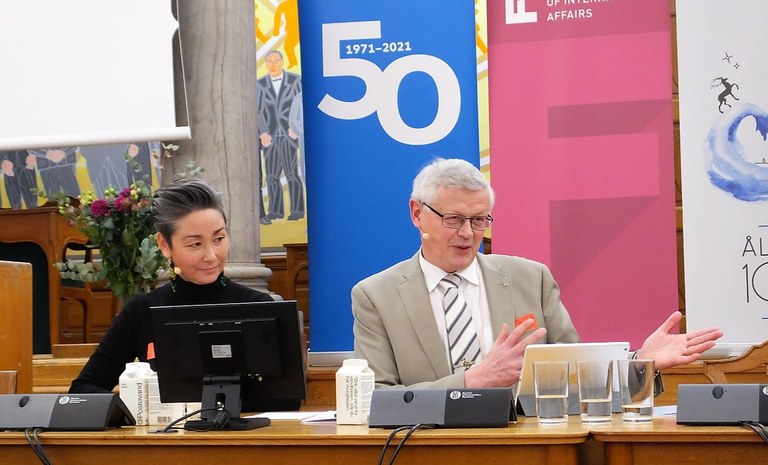
Natuk Lund OIsen, is the head of the division of constitution in Greenland, Harry Jansson is the Deputy Head of the Government of Åland.
“Since the revision should be ready for the centenary of Åland's self-governance, and must be passed by the Finnish parliament before then, we have to be done by April next year. We would like to see Finland being a bit more inspired by how Denmark handled its autonomous areas. To us, the Danish model is like a dream,” says Harry Larsson, Deputy Head of the Åland Government.
“The current agreement is from 1991. It has been 30 years and the world has changed since then. Finland has not even agreed to a simple demand like when a collective agreement is being extended in Finland it should also be translated into Swedish, since it will also be binding for Åland. Local taxing authority is not even on the table.”
When it comes to the more humble demand of being allowed to play an independent role in the Nordic council of ministers cooperation, Greenland appears rather uninterested.
“Greenland has its own view of the rest of the world. If a Greenlandic politician comes from the south of Greenland where sheep farmers have historically cooperated with Iceland, there is some interest. But further up the coast, you are just a sleigh ride away from Canada,” says Jørgen S. Søndergaard.
"The Nordic cooperation needs to be seen among the society. Otherwise it has no value. In Greenland you see it on a political level and maybe if you are an artist. But in the daily life it's not something that is considered very much," said Natuk Lund Olsen, the head of the division of constitution in Greenland.
 Follow us on Facebook
Follow us on Facebook
